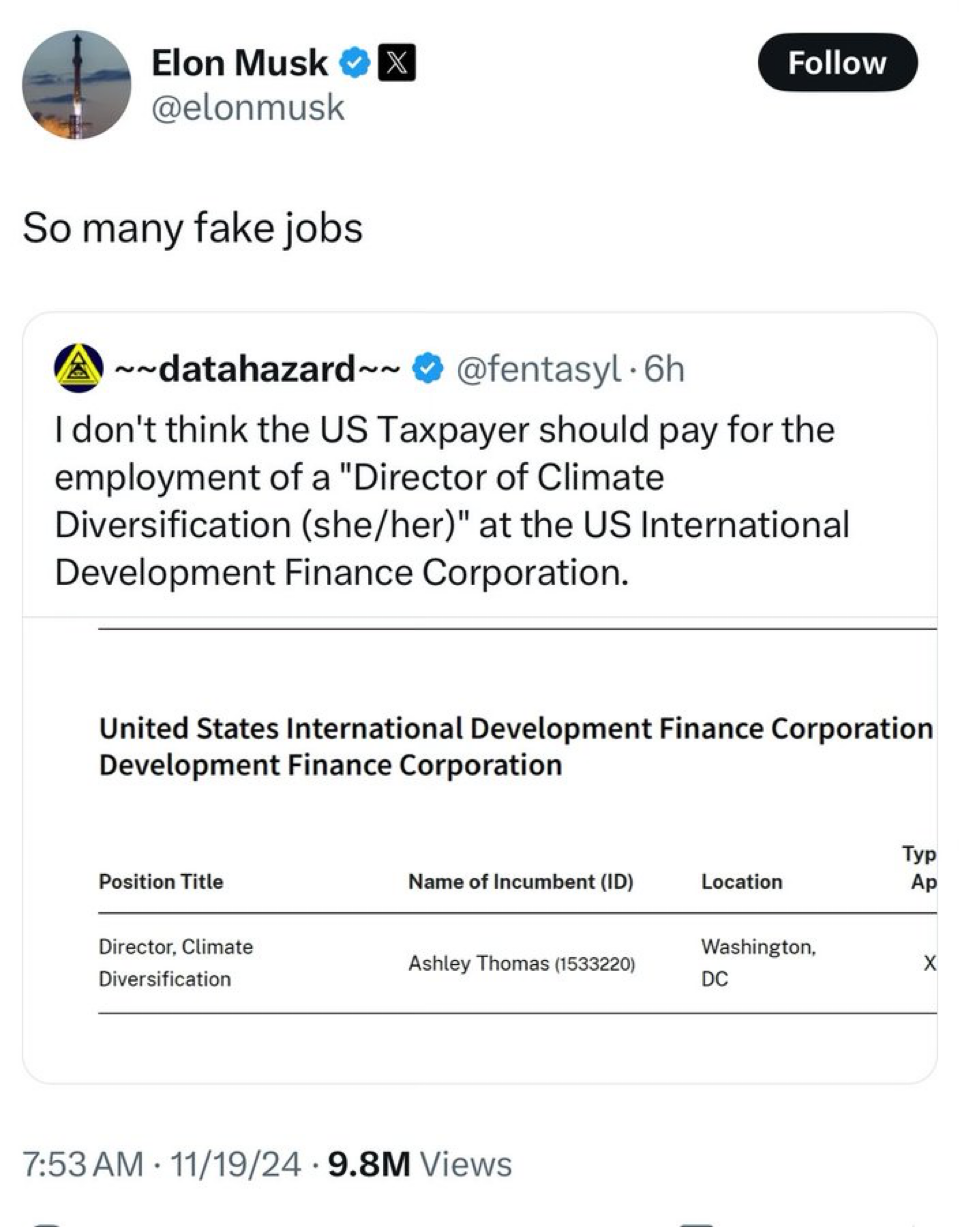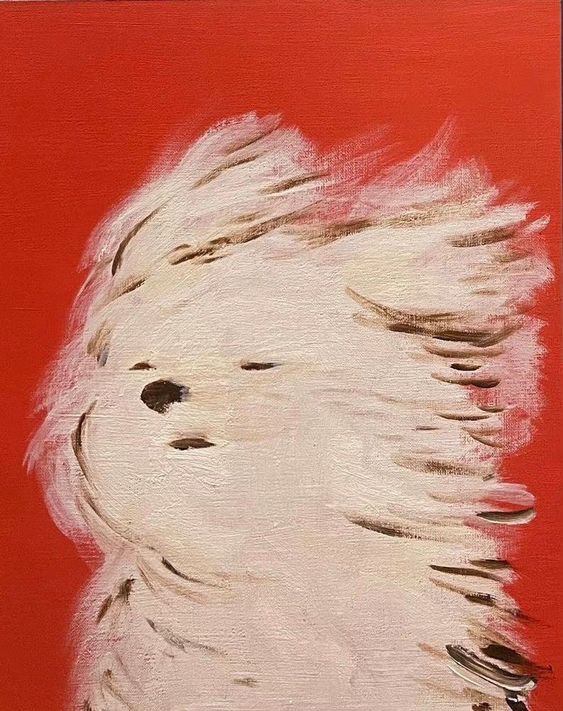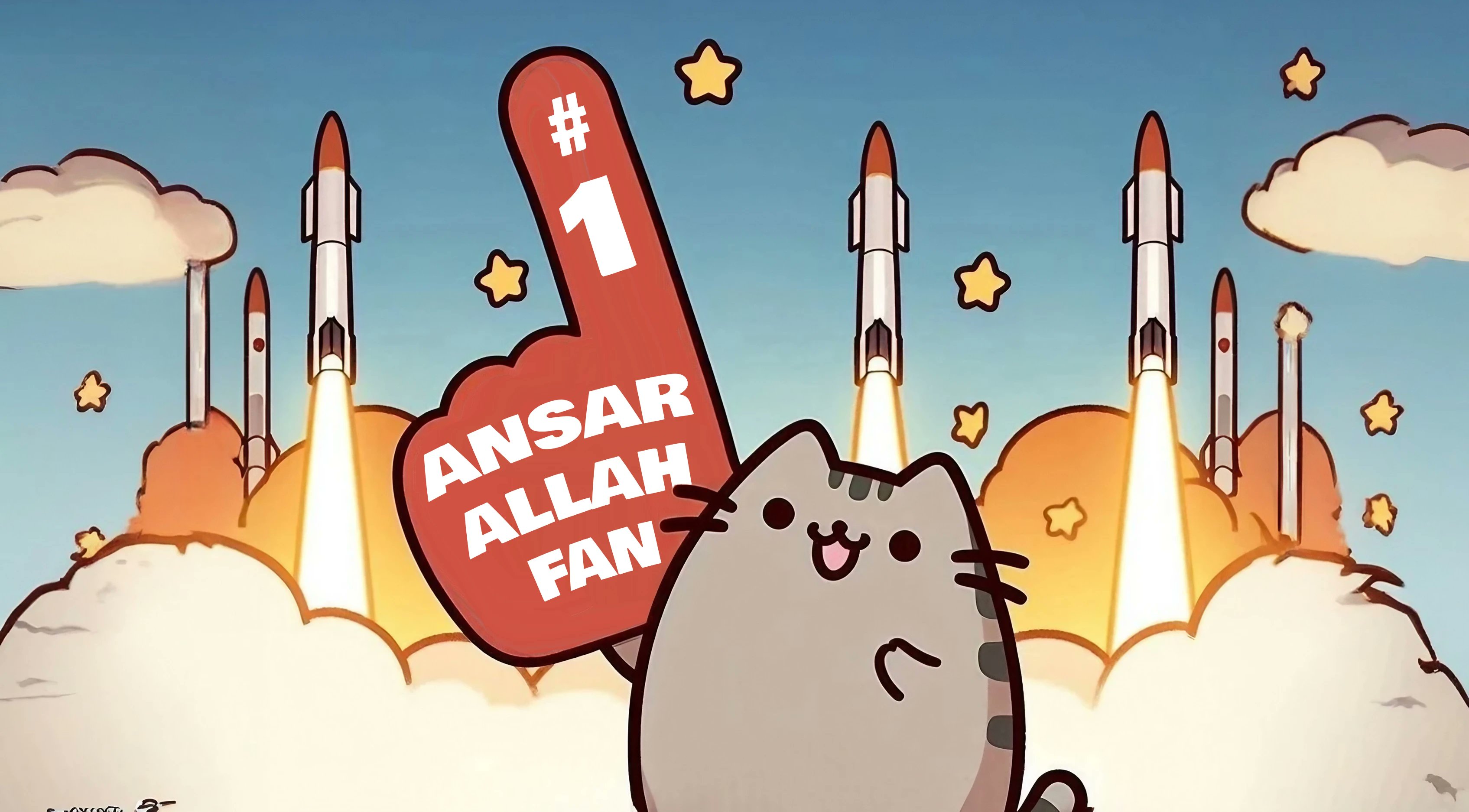The political-military origins of the EZNL are found in the National Liberation Forces (FLN), a clandestine organization formed at the end of the 1960s in northern Mexico, inspired by the Cuban revolution, the FLN organized a guerrilla struggle with the aim of achieving the construction of socialism in Mexico. But some time later, in the early 1970s, they ended their activities abruptly when their structure in Mexico City was discovered by state security forces and many of their militants, both in Chiapas and Mexico City, were brutally assassinated. However, its survivors did not give up and managed to reorganize and settle in 1983 in Chiapas, pursuing the same objectives. However, in order to achieve their objectives, they formed the EZLN and a social base to sustain it.
The main social base of the EZLN is in the indigenous municipalities of the Cañadas region, the highlands and the northern zone of Chiapas. A large number of the commanders are indigenous and, at least since 1993, the military apparatus has been subordinated to a council of delegates from the Zapatista communities called the Clandestine Revolutionary Indigenous Clandestine Committee (CCRI). The indigenous communities in the country have a long history of exploitation, abandonment and exclusion from national political and economic life, and have strengthened their community organization, while historically leading various social movements in search of improving their living conditions, preserving their traditions and customs or for their self-determination and government; The jungle zone and the highlands of Chiapas are no exception, so the guerrilla group that arrived there found an already highly politicized indigenous society, with experience in mobilization and with permanent communication with diverse political and social organizations; The little or no response to their demands on the part of federal, state or local authorities, and the permanent violation of their fundamental rights, may explain, on the one hand, the reasons why they opted for the armed struggle in 1994. On the other hand, their growing participation in the Zapatista uprising reinforced the indigenous character of the EZLN, which quickly integrated their demands in its program and discourse, which generated that during the negotiations with the federal government, a process was initiated to establish a new relationship between the State and the indigenous peoples of the country. The EZLN, on behalf of the national indigenous movement, incorporated the demands and proposals of the various indigenous representations of the country.
Being the indigenous peasants “support bases” for the EZLN, we can highlight five forms of cooperation between these two groups: safeguarding the clandestinity of the insurgents; recruiting new combatants; guaranteeing supplies to sustain the guerrillas; participating in protest mobilizations; and carrying out collective infrastructure work and (inter)community services. These functions strengthen the bonds of (inter)community solidarity, increase social integration and strengthen a “Zapatista identity”.
In the 1994 uprising in Chiapas, the EZLN demanded the vindication of the ownership of the lands taken from the indigenous communities, a better distribution of wealth and the participation of the different ethnic groups in the organization of the state and the country; the reaction of the federal government was to send troops to Chiapas to quell the rebellion. The mobilizations of the civil society stopped the attacks and after 12 days of armed conflict, the federal government unilaterally declared a ceasefire.
The talks between the EZLN and the federal government ended with the signing in February 1996 of the San Andres Accords on “Indigenous Rights and Culture”, which committed the State to recognize indigenous peoples constitutionally and to grant them autonomy. The dialogues also gave rise to the foundation of the National Indigenous Congress (CNI) on October 12, 1996, a movement of indigenous peoples, neighborhoods, tribes, nations, collectives and organizations, with the slogan “Never again a Mexico without us” and with the objective of the integral reconstitution of the indigenous peoples. In March 1995, the Commission for Concord and Pacification (COCOPA), a bicameral legislative commission made up of the Mexican Chamber of Deputies and Senate, was formed to assist in the dialogue process.
Shortly after they were signed, the San Andres Accords were ignored by President Ernesto Zedillo. A policy of encirclement and siege, organized by the federal and local governments with the support of landowners and cattle ranchers, organized paramilitary forces trained by the army itself and allocated considerable resources to the cooptation of citizens and groups, while at the same time accentuating the expulsion of opponents from their lands and villages.
COCOPA, which was charged with drafting a proposal for constitutional reform that would include the main consensuses established in the San Andres Accords, presented its initiative to the parties in November 1996; the EZLN accepted the proposal; the President, although he accepted it at first, soon proposed modifications that substantially changed the proposal, without recognizing the rights of the indigenous peoples, and without recognizing any compromise. The peace process became bogged down.
In 2003, the EZLN announced the creation of Los Caracoles and the Good Government Councils, which reinforced the principle of “commanding by obeying”, -they listen, do, decide and command, obeying the communities and their territorial organizations-, and in the autonomy they allow to propose a strong project of networks with national and international possibilities. Since its creation, Zapatista teachers and doctors have been trained and schools and clinics have been built. In addition, a justice system has been developed which is used by both Zapatistas and other members of society, as it is more efficient than the institutional system.
The Caracoles, in the words of Pablo González Casanova, “open new possibilities of resistance and autonomy for the indigenous peoples of Mexico and the world, a resistance that includes all social sectors that fight for democracy, freedom and justice for all”.
Megathreads and spaces to hang out:
- 📀 Come listen to music and Watch movies with your fellow Hexbears nerd, in Cy.tube
- 🔥 Read and talk about a current topics in the News Megathread
- ⚔ Come talk in the New Weekly PoC thread
- ✨ Talk with fellow Trans comrades in the New Weekly Trans thread
- 👊 Share your gains and goals with your comrades in the New Weekly Improvement thread
- 🧡 Disabled comm megathread
reminders:
- 💚 You nerds can join specific comms to see posts about all sorts of topics
- 💙 Hexbear’s algorithm prioritizes comments over upbears
- 💜 Sorting by new you nerd
- 🌈 If you ever want to make your own megathread, you can reserve a spot here nerd
- 🐶 Join the unofficial Hexbear-adjacent Mastodon instance toots.matapacos.dog
Links To Resources (Aid and Theory):
Aid:
Theory:
Well my cat is dead. Part of me is relieved she is gone but I’m also totally destroyed that we lost her. The vet said it was likely heart disease causing her more severe problems but she had gone mostly blind and had severe arthritis so even if it they were technically able to treat it she wouldn’t have had much of a life.
Goodbye Frosty. I love you.

my prof apparently has a son who ‘swore off America,’ ‘thinks it’s a scourge’ and ‘wanted no part in it so he left’

There’s a thread on lemmy in their ‘fuck cars’ comm complaining about amazon delivery drivers parking and I’m right about to absolutely lose my shit on them.
I don’t care if a single person there or here thinks I’m wrong. I’m not going to stop parking like a cop to spare myself the extra walk when I’m already collecting repetitive stress injuries like they’re beanie babies.

Five year relationship is over
 mfw i wasted half a decade of my liiiiiife
mfw i wasted half a decade of my liiiiiife 
Trying to explain human rights to an American: imagine a person is a car

196 has some of the most confused liberals on the fediverse, one called Zionists “tankies.” Deeply unserious people.

My financial advisor: please you have to diversify your portfolio
Me: diversity?! I don’t go for any of that DEI crap, put it all on SHITCOIN
Hearing about an acquaintance that just got found out for cheating on his wife for years…
My main takeaway from this is that some people have so much free time on their hands. I would have to establish a whole fake part of my life to get away with something for that long and not get caught. Like damn get a hobby or break up with your wife all the logistics involved must have been so tedious
BadEmpanada will never stop posting. He is always in the trenches, fighting the dumbest posting wars with zionist idiots on horrible websites. Is he the hero we deserve? No. But is he the hero we need? Also no. But is it mildly entertaining to watch his endless shitflinging contests with Drew Pavlou and Ethan Klein? Yeah, kinda, every now and then.
Also this thumbnail was a good bit

Little-known fact, the reason they stopped selling sausages in big strings is because butchers were sick of the crime wave of dogs running away with the whole sausage chain hanging out of their mouths and trailing behind them in a comical fashion
Proletarian democracy is a million times more democratic than any bourgeois democracy; Soviet power is a million times more democratic than the most democratic bourgeois republic.
To fail to see this one must either deliberately serve the bourgeoisie, or be politically as dead as a doornail, unable to see real life from behind the dusty pages of bourgeois books, be thoroughly imbued with bourgeois-democratic prejudices, and thereby objectively convert oneself into a lackey of the bourgeoisie.
Think I’m gonna take a break for a few days, see y’all later

I’ve bought my plane ticket to China, I found quite a bargain: around 360 euros for a direct flight, normally this is around the price of flights with layovers (many of which are even above this price). I’ll be visiting a bit of the mainland on the way to Taiwan Province where I have my student exchange, I’m so excited! This will be my first time out of Europe, as well as my first time visiting a Socialist country!
Today some rich asshole made me deliver 270 pounds of bottled water to them at once












